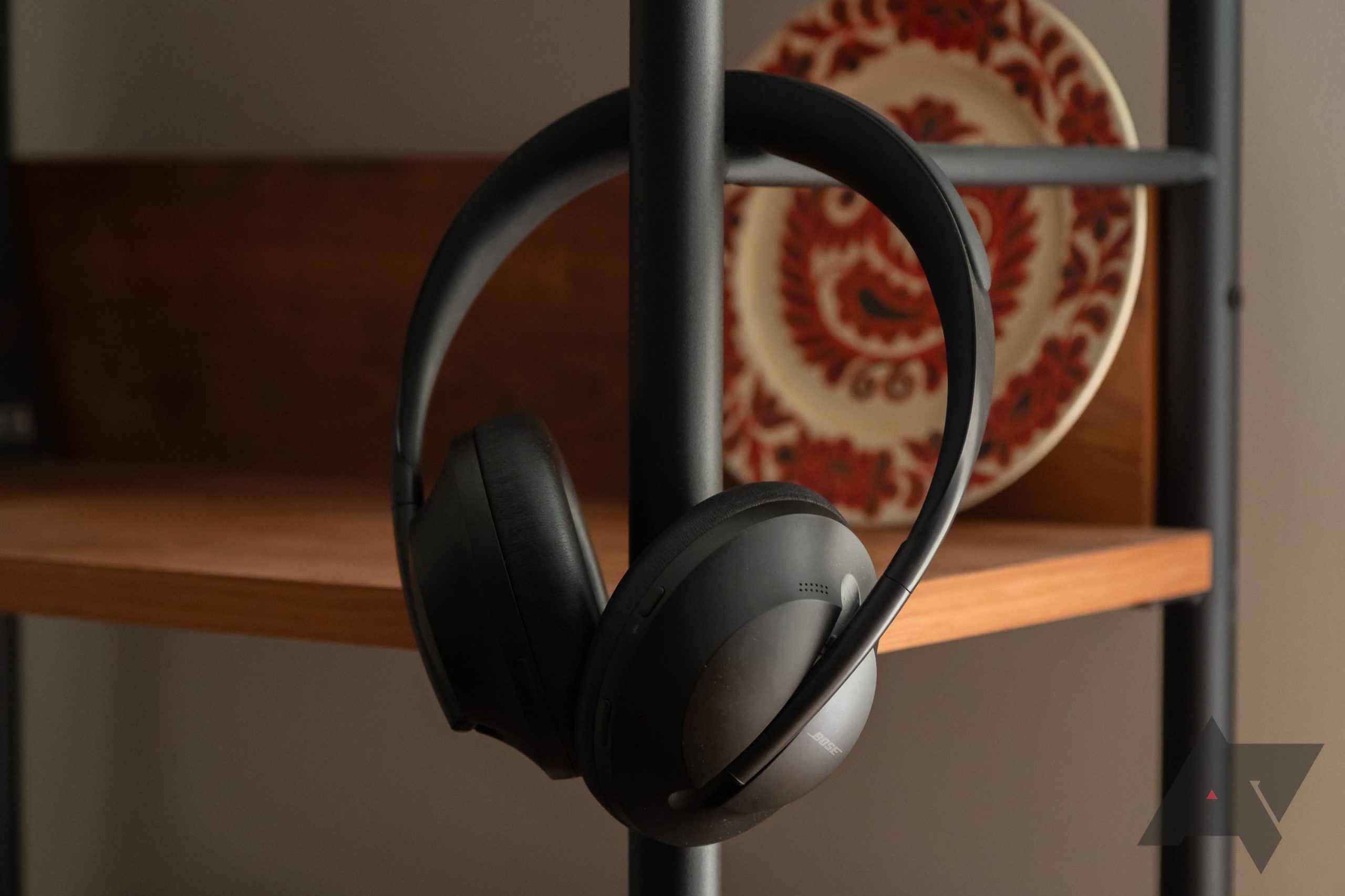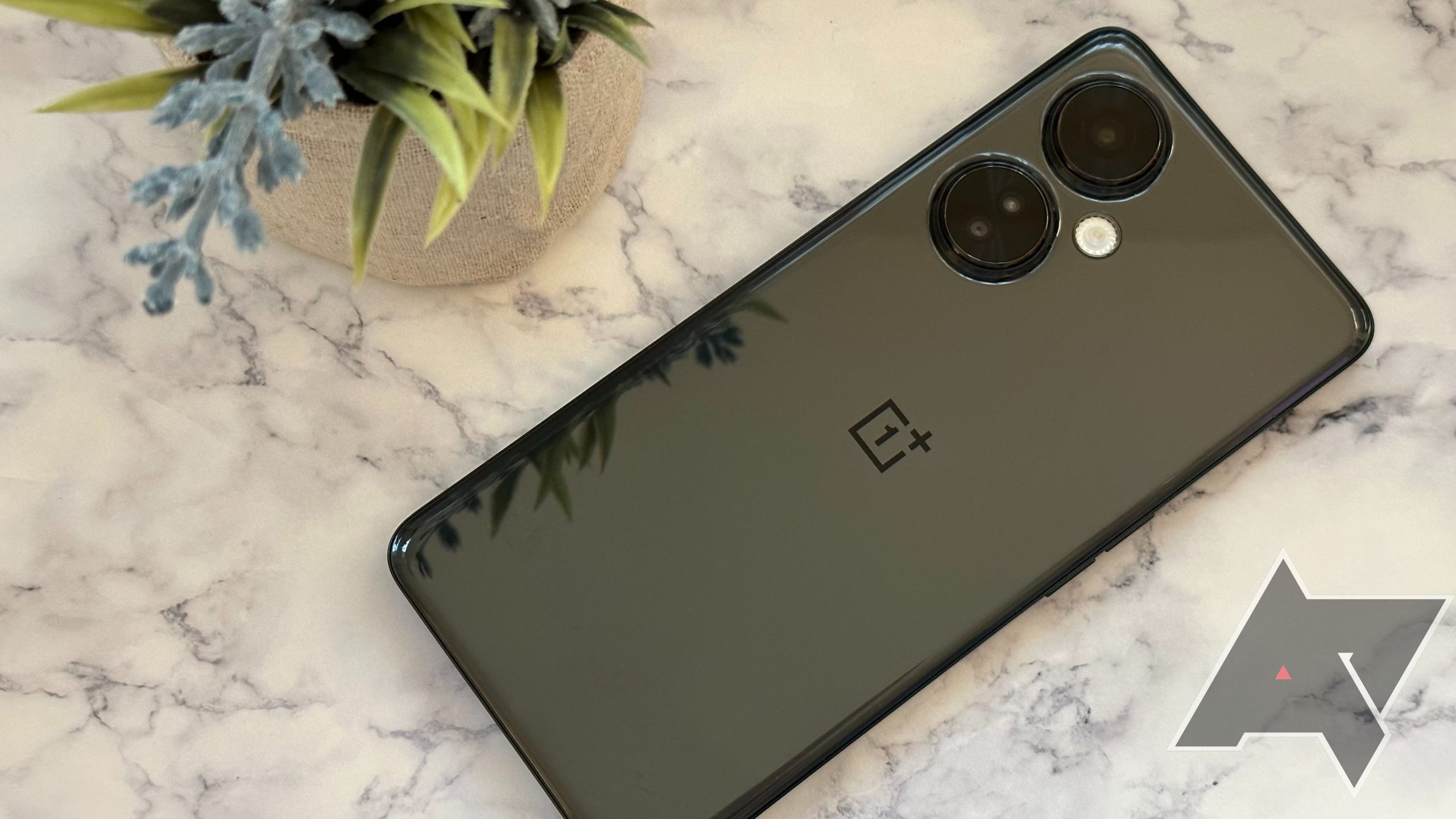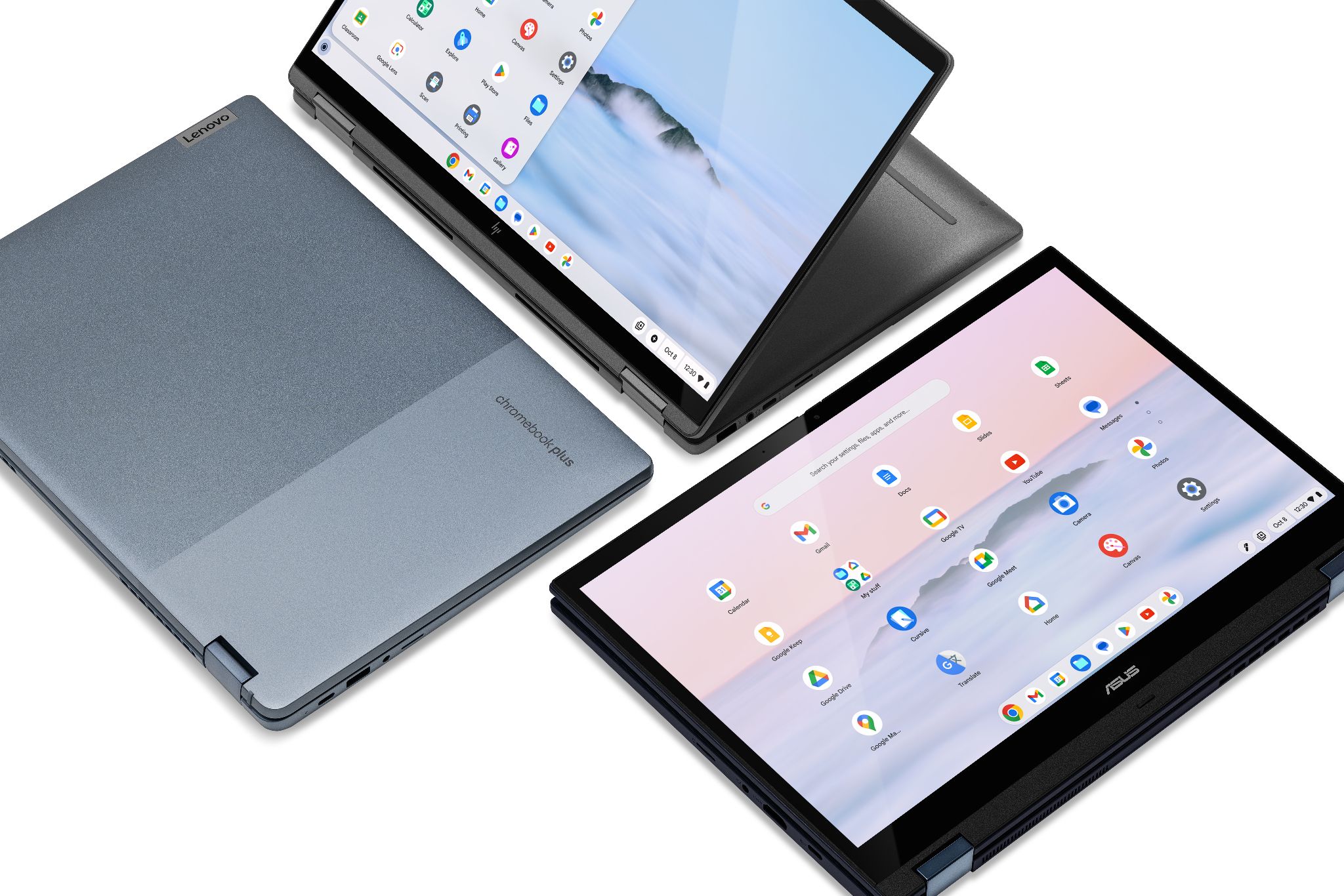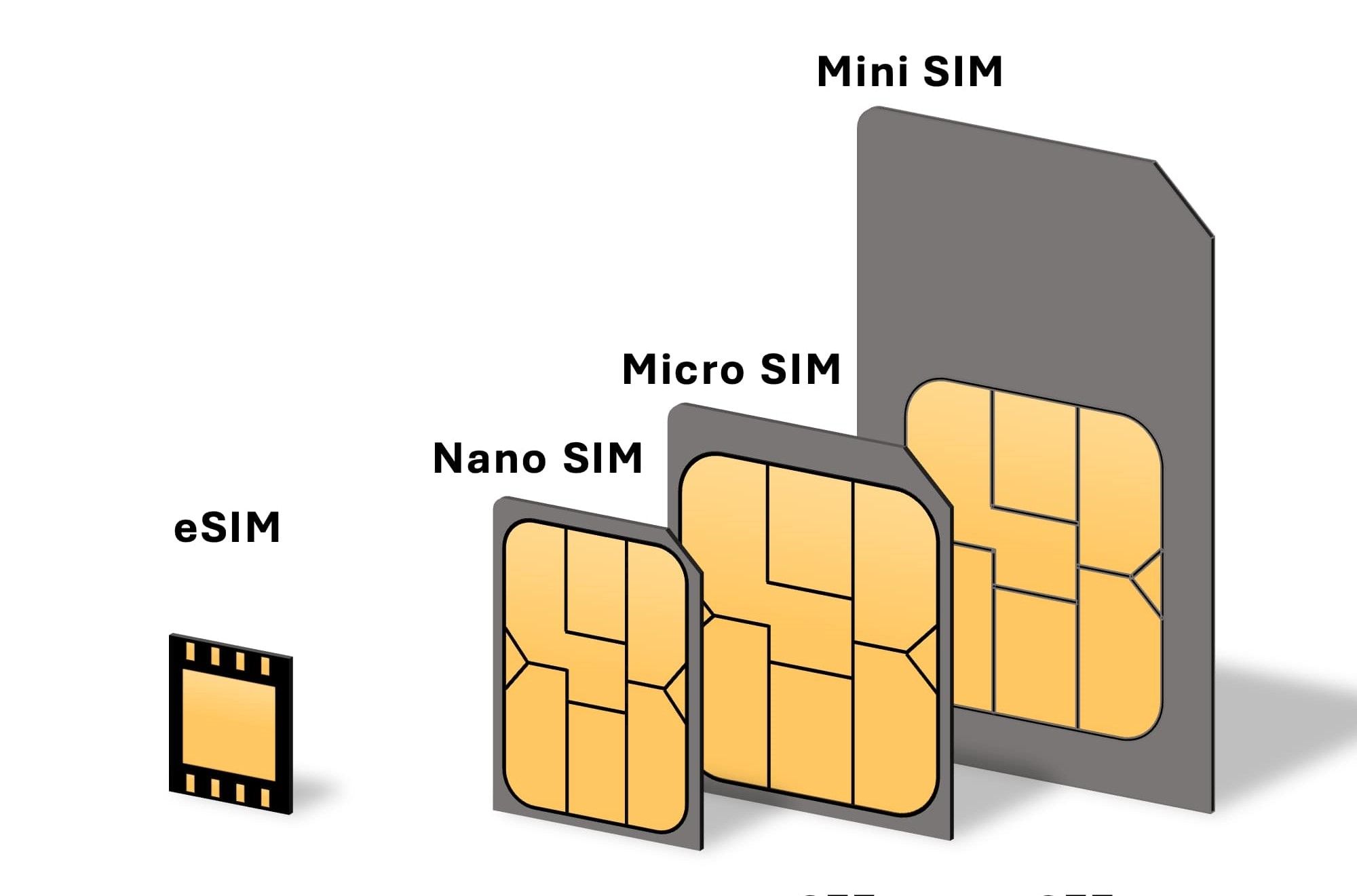
Every smartphone wants a SIM card that assigns you a phone quantity and lets you call, textual sigh, and employ the most efficient knowledge plans. However, there is a pair of kind of SIM card, and the actual person abilities varies between each and every.
The upward push of the eSIM card has led many to shock if the dilapidated SIM card will quickly be retired. Apple’s iPhone 14 sequence has moved beyond dilapidated SIMs. However, now not many funds Android smartphones offer eSIM reinforce, meaning physical playing cards will be sticking around for a pair of more years. Whether you are upgrading to an eSIM-most efficient phone or wondering what the adaptations are, this manual tells you all you wish to hold.
What’s a SIM card?
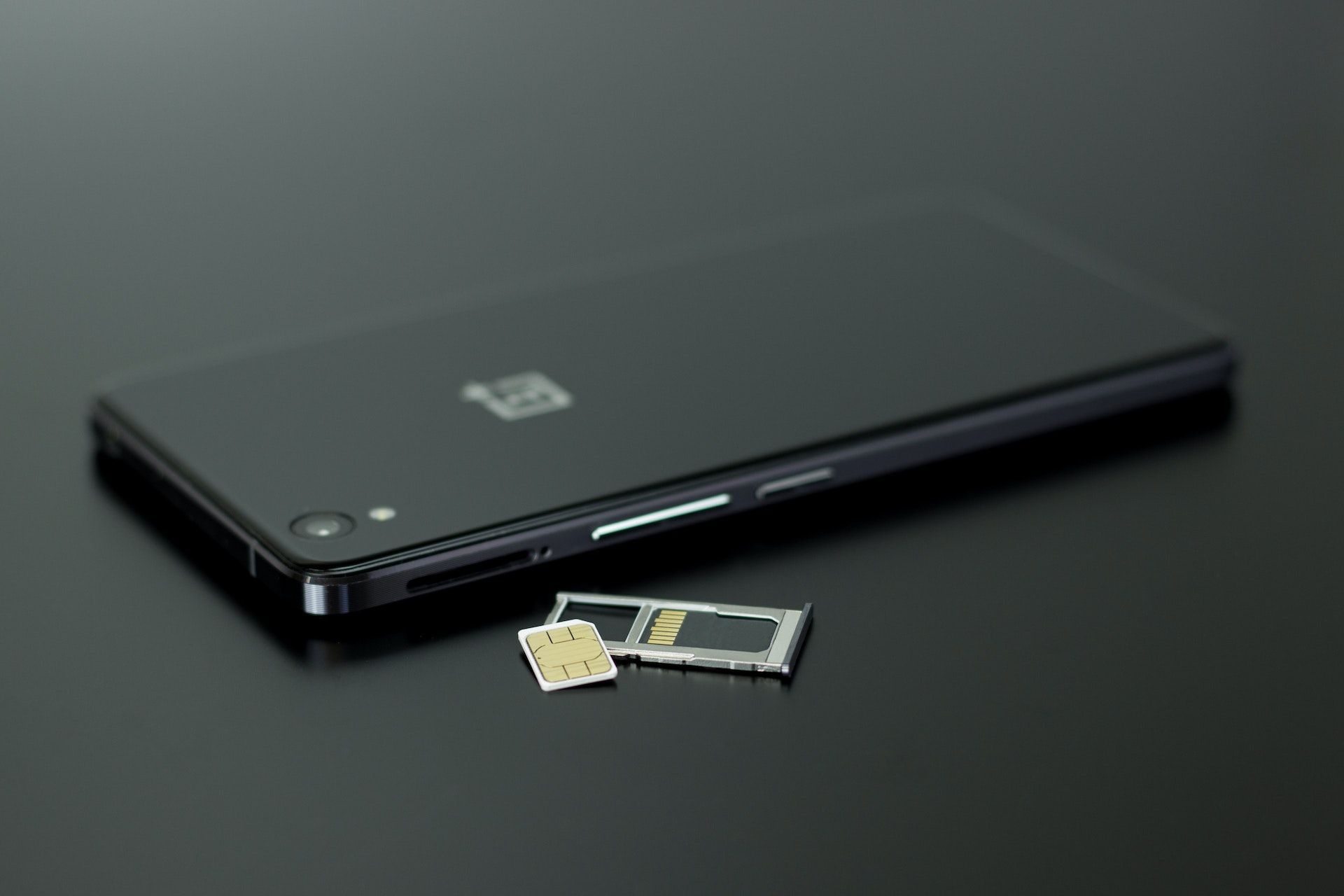
A Subscriber Identification Module (SIM) is a physical card you match into your phone that contains knowledge about your network subscription and lets your phone connect with cell networks. It affords restricted storage, so you would possibly possibly well pass your SIM card between phones without shedding your contacts. The SIM card was invented by the German tremendous card manufacturer Giesecke and Devrient in 1991.
First-generation SIMs came in two sizes: one which was the scale of a bank card and a mini model that was half of the scale. However, SIM playing cards have reduced in size over time from the Mini-SIM to the Micro-SIM and finally to the Nano-SIM, which is now the alternate customary for these physical chips. It slots into your phone in a tray that pops out the facet of the phone.
A physical SIM card’s valuable relief is its portability. You would possibly possibly well possibly swap between gadgets in seconds and would possibly well unprejudiced restful now not need to contact your provider. The procedure back is that the tray takes up a quantity of establish of dwelling within a smartphone. Given the amount of tech packed into the swish chassis of neatly-liked smartphones and the bustle to delight in the largest and most efficient cameras, each and every millimeter of extra establish of dwelling is precious.
That is where eSIM and iSIM playing cards have the aid, as they delight in now not soak up extra establish of dwelling in your phone. The drawback of eSIMS is that transferring or environment up provider is now not as straightforward as popping in a physical SIM card staunch into a slot. However, corporations admire Google are introducing tools to delight in this job seamless.
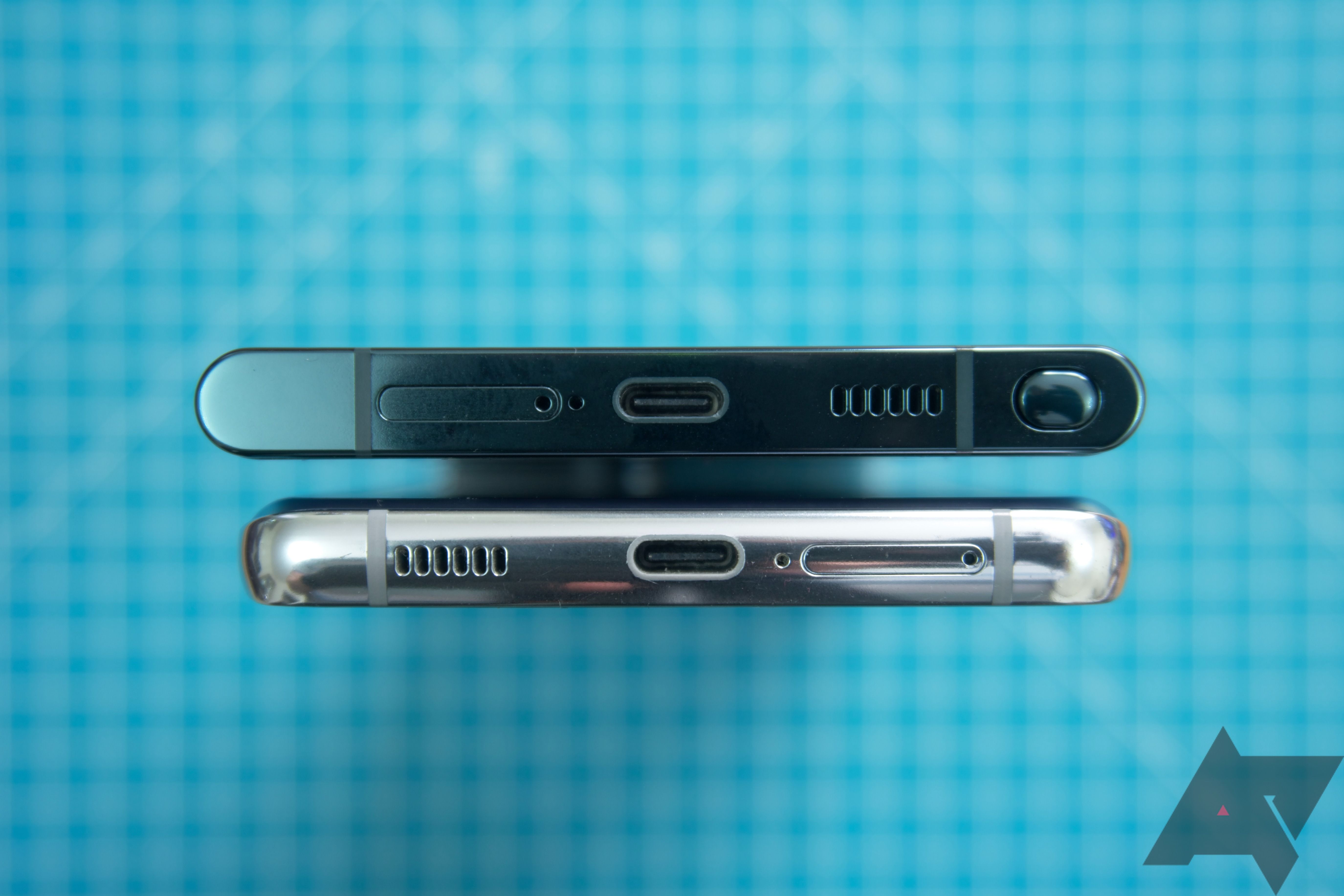
Physical SIM playing cards are most incessantly locked to a single network within the US, while eSIMs and iSIMs are provider agnostic. When your phone is unlocked, you would possibly possibly well spark off an eSIM from any provider that helps your instrument.
What’s an eSIM?
An eSIM is an embedded SIM card fitted into the phone’s motherboard. It runs on the the same networks as customary SIM playing cards, so there’s now not powerful distinction in how it works out of doors the preliminary establish of dwelling-up and transferring of your quantity and thought.
The predominant relief is the scale reduction. Whereas the Nano-SIM would possibly well well unprejudiced seem minuscule and tricky to suit into your smartphone, eSIMs are smaller. Three times smaller. This opens up more space within your phone for choices admire a increased camera module or a greater battery, and it also eliminates one in all the ways water and grime can enter.
Whereas you happen to would possibly well well unprejudiced have an eSIM, you would possibly possibly well employ it along with your physical SIM, allowing you to have both your private and work numbers tied to a single instrument. You furthermore mght can slot in a foreign SIM card if you happen to are traveling in a foreign nation and are attempting to establish cash on knowledge charges. Many smartphones now allow a separate eSIM to be dilapidated in your cell knowledge, collectively with to their convenience ingredient when traveling to foreign worldwide locations. You would possibly possibly well possibly protect your phone quantity for regular conversation.
Developing an eSIM is a different job from a SIM card. The technique differs between carriers and gadgets, so fastidiously put collectively the instructions for environment up an eSIM.
No longer all phones are compatible with eSIMs, though most modern flagships have added reinforce in most recent years. Most Android phones reinforce eSIM, and iPhones are now eSIM weird and wonderful. Whereas you happen to are in doubt, take a look at the handset’s technical specifications sooner than collectively with an eSIM to your basket. It is also rate checking to obtain out in case your provider helps the eSIM provider, especially whether it is a long way a prepaid thought. No matter being more inexpensive than a traditional phone thought, these plans are frequently hosted by MVNOs, which customarily delight in now not reinforce eSIMs.
What’s an iSIM?
The iSIM is the most recent innovation in SIM card technology, extra embedding the chip into your phone’s internal workings and cutting back the scale even more. They delight in now not depend on existing SIM hardware, so that they are customarily activated with a trusty protocol. Developed by ARM, the iSIM has essentially been developed with Info superhighway of Things (IoT) gadgets in mind.
Beyond the scale, iSIMs would possibly well well appear functionally the same to eSIMs. However, they’ve increased functionality. Improved security, decrease vitality employ, and increased network compatibility are the advantages of the iSIM over the eSIM.
Dimension and vitality
iSIMs were developed following the necessity for smaller, more cost-effective, and more trusty SIM playing cards. And so that they delight in correct that. Thanks to their incorporation within the cellular module, they are 98% smaller than an eSIM. Plus, they are 50% more cost-effective to delight in due to fewer ingredients and simplified designs streamlining the manufacturing job. As well they burn as much as 70% less vitality, meaning your future phone’s battery would possibly well well final longer.
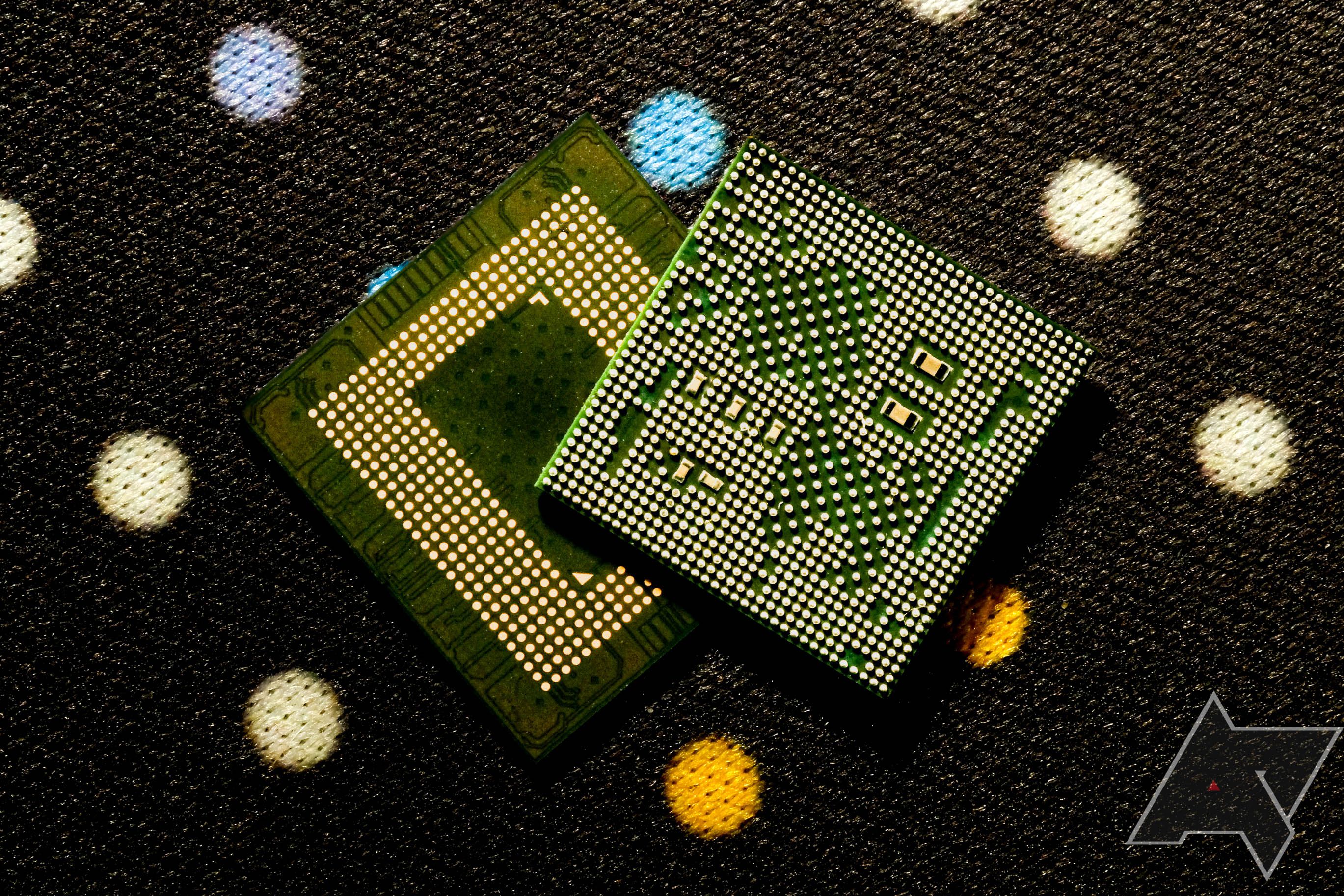
Security
iSIMs critical relief is security. They are physically and logically more trusty than eSIMs. Integrating into the SoC (on a trusty enclave, no less) of your smartphone draw it would possibly possibly possibly possibly now not be physically accessed and affords a root of trust for the cell network with an additional layer of authentication to salvage admission to.
The Qualcomm Snapdragon 8 Gen 1, launched in 2021, was the first cell platform to increase iSIM technology. You will restful employ a physical SIM or eSIM with Snapdragon 8 Gen 1, as carriers delight in now not reinforce the platform’s iSIM.
Things are having a gaze up for iSIMs, nonetheless. In February 2023, Qualcomm and Thales announced the first commercially deployable iSIM on the Snapdragon 8 Gen 2. The iSIM is compliant with GSMA’s Some distance off SIM Provisioning customary. Request carriers to leap on the iSIM bandwagon over the following few years.
Win you switched to an eSIM?
Now you know the variation between SIM, eSIM, and iSIM, you are possibly wondering whether you would possibly possibly well unprejudiced restful swap to an eSIM. For individuals who are alive to to be on the cutting back fringe of technology, many Android gadgets now have eSim capabilities. However, in actual fact that you’re going to stay up utilizing whatever becomes the alternate customary. And, due to Apple’s skill to kick off alternate-huge delight in shifts (remember the headphone jack?), we are going to seemingly gape eSIMs changing into the customary quickly.
In the duration in-between, if you happen to are the proud proprietor of a original Google Pixel 7 or Pixel 7 Pro, you would possibly possibly well employ two eSIMs and a physical SIM concurrently, so if you happen to swap and delight in now not admire it, you would possibly possibly well always return.


